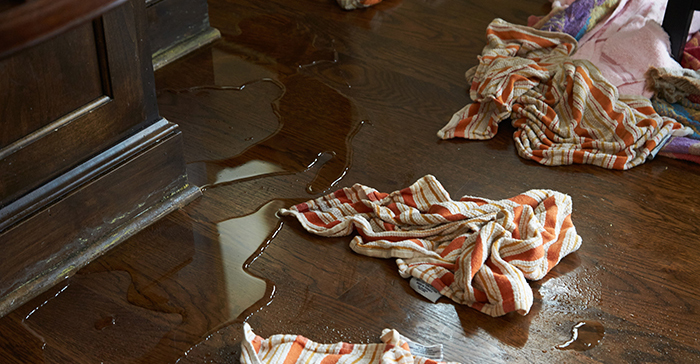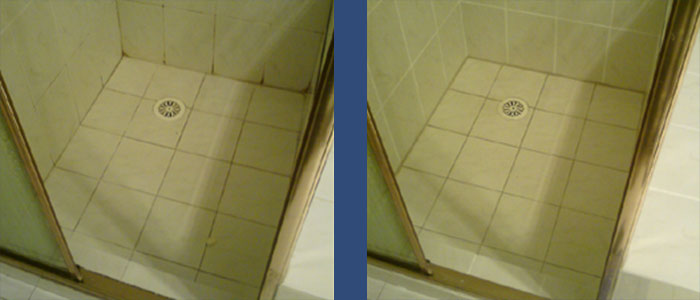Just how to Fix And Prevent Bathroom Water Damage
Just how to Fix And Prevent Bathroom Water Damage
Blog Article
The writer is making several great pointers regarding Looking for Signs of Water Damage in the Bathroom as a whole in the content just below.

The washroom is extremely prone for wet build-up and also prospective water damages due to the regular use water in it. This article uses simple evaluation strategies to help finding water damage dangers.
The constant use of water in the shower room makes it extremely vulnerable for moist build-up and prospective water damages. By examining it consistently, you can lower water relevant damages.
The complying with collection of assessments is easy to carry out as well as need to be done once in every 3 months in order to keep your washroom healthy and also to stop possible water problems brought on by the bath tub, the shower, pipeline joints and also plumbing, sinks, cabinets, and the toilet
Do not overlook executing these assessments and also be comprehensive while doing them. Bear in mind that these straightforward inspections can save you a lot of money by offering early indicators for water damage
Sinks and Cabinets
Sinks as well as closets are revealed to moisture and humidity daily as well as are commonly forgotten. Evaluate regularly under the sink and on the countertop above it. Fix any kind of drip in the catch as it might recommend drainpipe issues. Browse the sink, sluggish draining pipelines may indicate a blocked drain. Replace sink seals if they are cracked or loosened.
Bath tub as well as Shower
The shower as well as tub need special interest and maintenance. Check the tiles and change if fractured. See to it that there is no missing out on grout between the tiles. Inspect and also change split caulking at joints where the wall surfaces satisfy the floor or the tub. Clogged drains as well as pipes problems will certainly protect against the bath tub from drying and may show severe issues below the bathtub. Consult with an expert instantly to stop architectural damage. Pay attention to stainings or soft locations around the bath tub walls as they might suggest an internal leak.
Plumbing
Signs for water damage are hard to identify given that a lot of pipes are installed inside the wall surfaces.
Pay special focus to floor covering and wall surfaces wetness and discolorations as they may show an undetectable plumbing issue. Check dampness levels in adjacent spaces as well.
The Toilet
The toilet is a prone water junction. Examine the water lines as well as look for leakages around the toilet seat, in the tube, as well as under the water tank. If you find any type of indicators of wetness on the flooring around the bathroom, check for leakages in the toilet rim and also tank seals.
Know that hanging toilet dish deodorants boosts the chances for blockages.
Water Damage Signs In The Bathroom To Avoid Cleanup
Musty smell
This is one of the easiest signs to catch because musty smells are so odorous. The damp, earthy, moldy smell should be a big red flag. The smell will develop when moisture gets trapped in surfaces, and begins to facilitate mold growth. Leaking pipes under cabinets, inside walls, and behind shower fixtures will cause moisture to stay trapped and not dry, which will lead to mold growth and spread. As soon as you notice any musty smells in your bathroom, have it checked for hidden water damage and cleanup signs.
Visible mold
If the smell isn’t there to give it away, sometimes you will actually see mold growth. Finding mold in your bathroom is a serious problem, because mold is very harmful to your health. By the time mold growth is visible, it also means that water damage has already occurred and been present for some time. The only way the mold problem can be resolved is to find the source of the moisture and get it stopped. To safely and adequately remove mold, you need to have professionals handle the remediation. Do not waste any time in getting mold problems addressed, fixed, and sanitized so that you can protect you and your family from the many respiratory symptoms caused by mold exposure.
Damaged floors
Bathroom floors should be able to withstand some exposure to water while still remaining in good condition. However, when excess exposure or water leaks occur, they will begin to damage even the most water-resistant flooring. If you notice any cracking, bubbling, staining, or warping on your bathroom floors, there is probably a water leak somewhere causing the distortion. If you notice areas of the floor have become softer, or even have a spongy feeling, there is probably damage to the subfloor. Subflooring is typically made up of plywood. When plywood is exposed to water or moisture, it will absorb it. Once it has become saturated, the weight of the excess water will cause the wood to swell and soften. Check the floors in your bathroom frequently to catch any of these sings before they lead to damaged subflooring.
Changes on walls
When water leaks behind walls, it will cause changes in the drywall. Peeling plaster, blistering paint, and soggy wallpaper are all good indicators that excess water is building up behind the wall. Water leaking behind drywall will cause it to swell and be soft to the tough. If you start to notice gaps along the trim of your walls, or where tile meets the wall, it could also be a strong indicator that there is a leak behind the wall. Any changes, distortion, or damage on the walls should be evaluated as soon as you notice it to prevent further water damage and cleanup.

I came across that piece on Common Causes of Water Damage in a Bathroom when doing a search on the search engines. Loved our content? Please share it. Help someone else locate it. We appreciate reading our article about Looking for Signs of Water Damage in the Bathroom.
Additional Resources Report this page